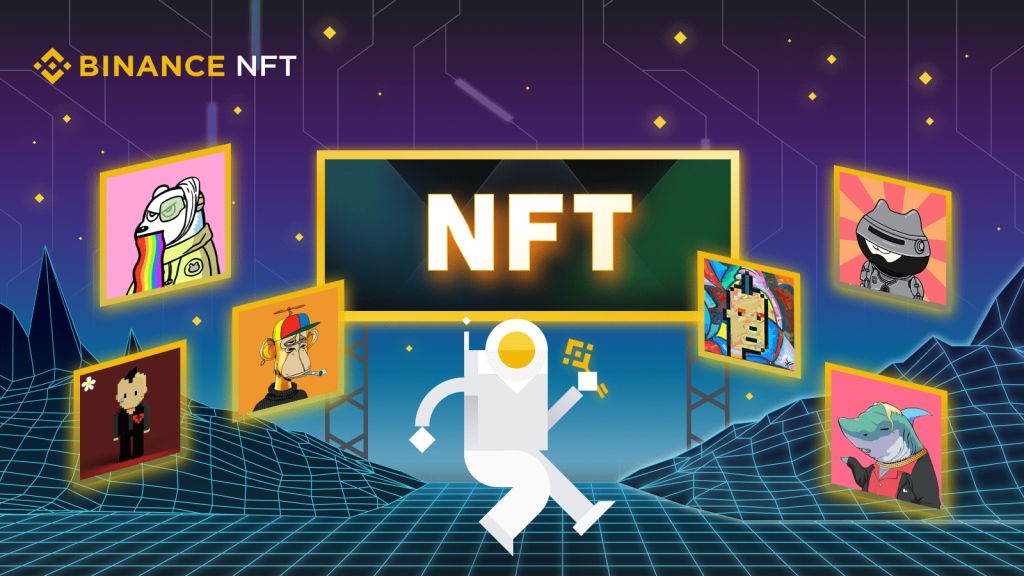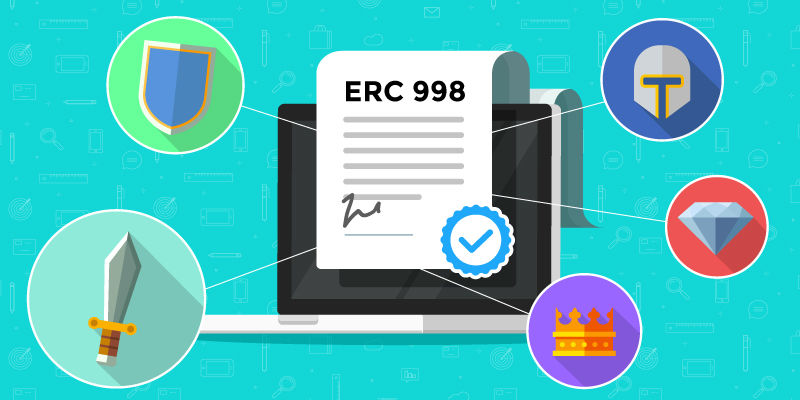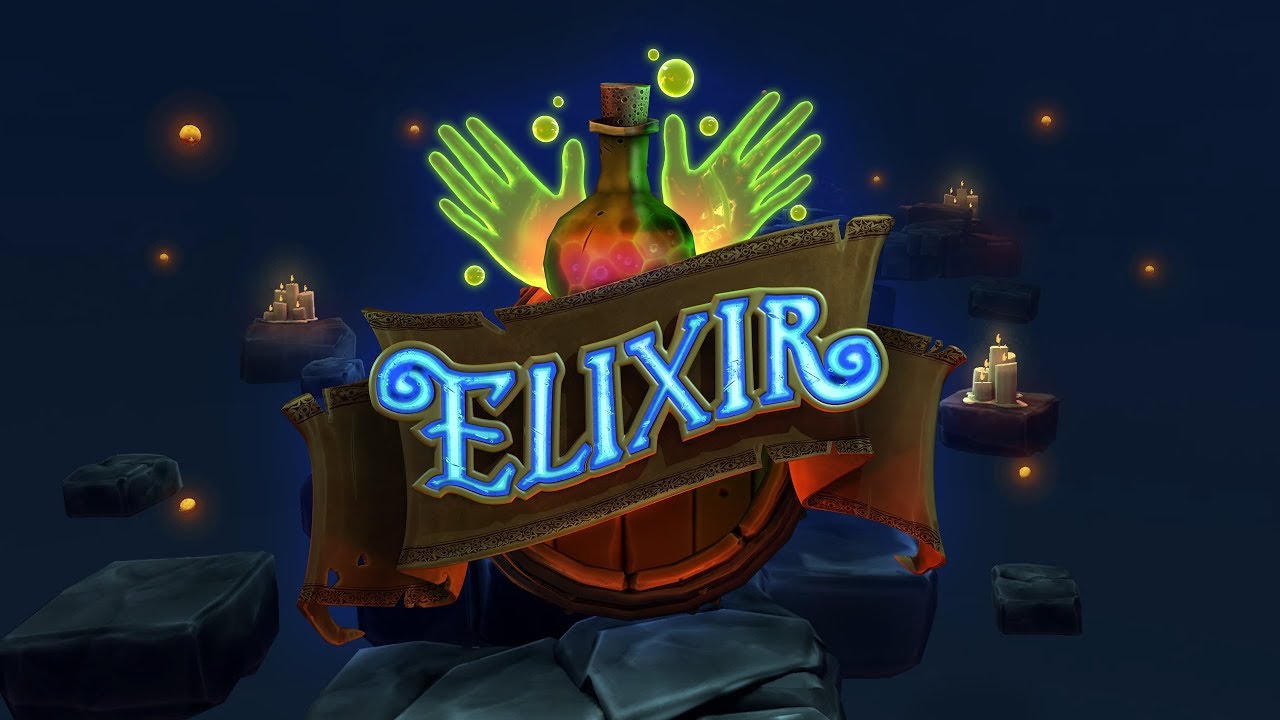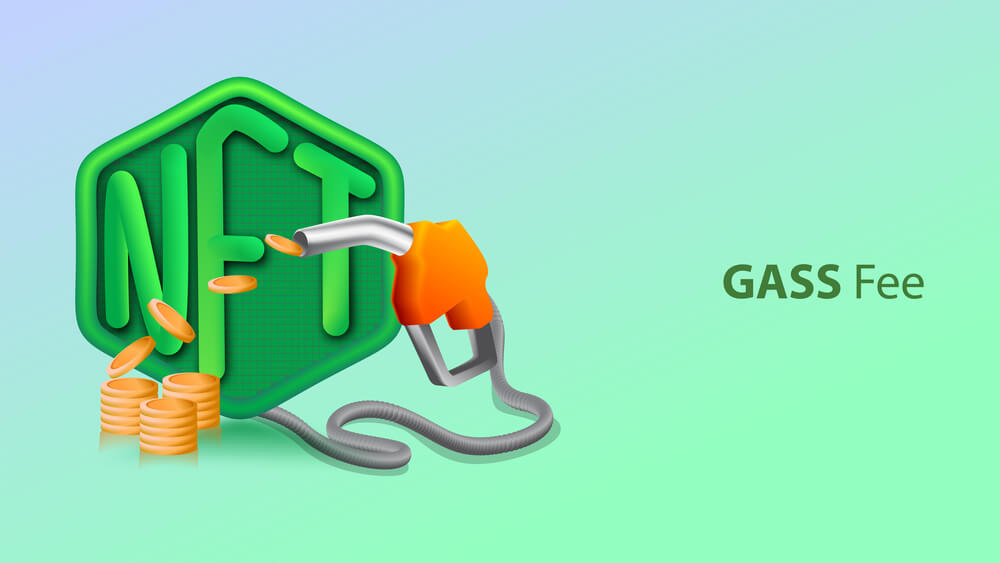For a long time now, artists have mined the cyberspace for digital art inspiration as two current exhibitions show.
Hito Steyerl proposes ways to avoid being captured by digital art technology booms and pops.
NFTs went from a massive boom to some predictable bust. By the end of 2022, nearly 18 months after the explosion started, marketplaces had folded or lost nearly all their value. The Art Basel Miami Beach fair – thronging with NFT evangelism just 12 months earlier – had, by December 2022, lost the faith.
Many users were bombarded with emails of news with Z-list celebrities and washed-up artists minting their tawdry and conceptually thin NFT projects. The hype around NFTs made them be used as a shorthand for digital art in general, enabling tech investors and speculators to search for quick profits. In some cases, art world insiders should have known better than to greedily indulge the speculators.
However, the NFT crash did not negate the blockchain – the underlying platform that makes the NFTs distinct and traceable – as an artistic space. Blockchain existed years before and will be explored by artists in the future.
The co-author of Artists Re: Thinking the Blockchain, Ruth Catlow, in 2018 likened then-budding blockchain art to early Net Art – the first online art revolution – in the potential it offers to respond crucially to networks of power and being a space for experimentation and co-operation.
For instance, Jonas Lund has issued tokens that enabled users to participate in decisions about his life, while Sarah Friend’s Clickmine is mainly a satire of crypto that generates useless wealth through a clicking game.
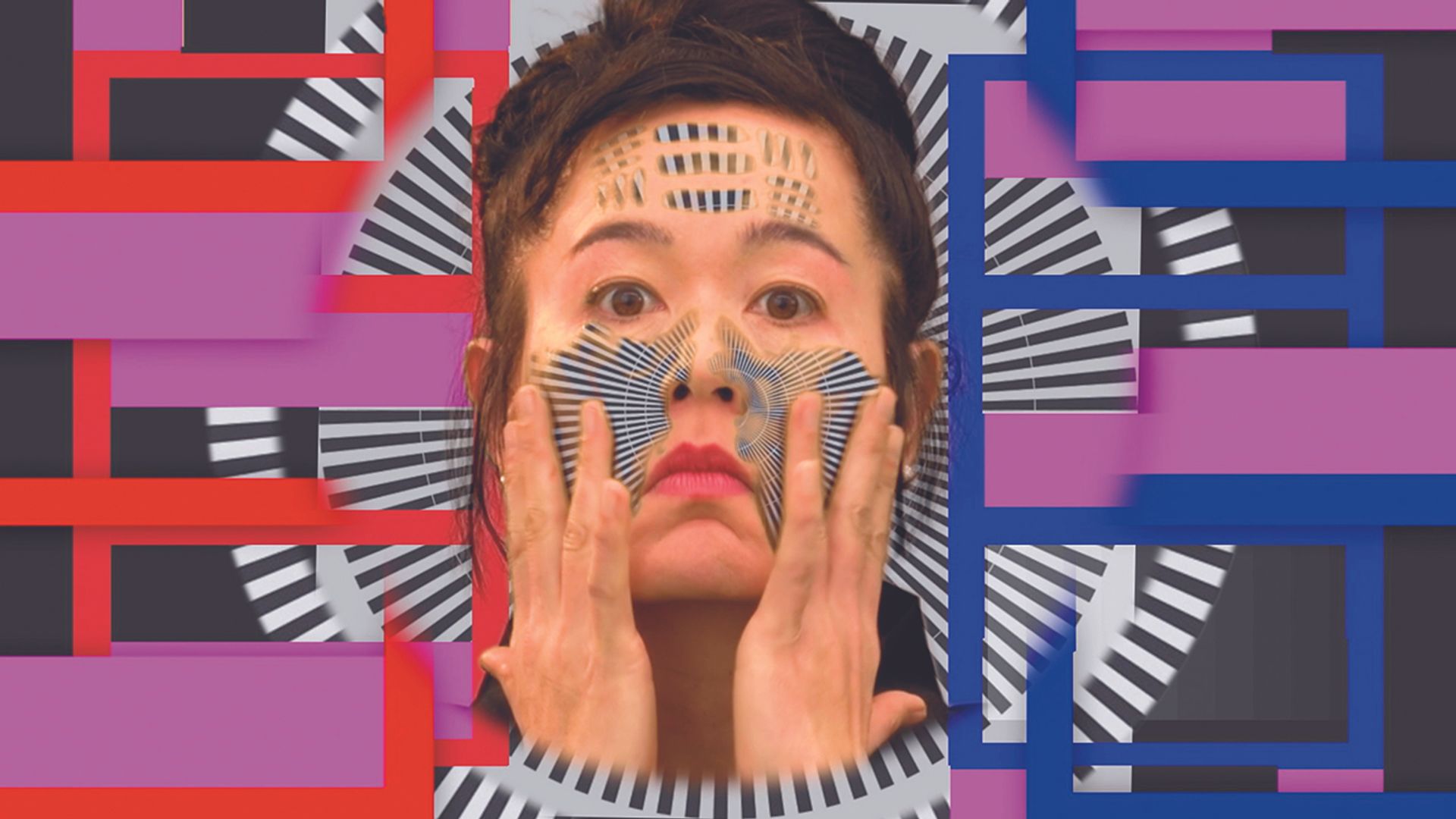
Now might be a great time to remind ourselves of the decades-long history of digital art. Two current exhibitions – I’ll Be Your Mirror: Art and the Digital Screen at the Modern Art Museum of Fort Worth, Texas (until 30 April) and Coded: Art Enters the Computer Age, 1952-1982 at the Los Angeles County Museum of Art (until 2 July) – provide such kind of opportunity.
Coded starts with the first purely aesthetic image made on a computer and ends at the point where computers find their way to homes. Illustratively, it proves that key conceptual art figures like Charles Gaines, Stanley Brouwn, and Fluxus artist Emmett Williams struggled with computers in the early days.
Mostly, they never returned to them as a medium. According to the show’s curator, Hannah Higgins, in the preface to its catalog:
“Their experiments were essential as an origin story for the art and culture of the internet.”
I’ll Be Your Mirror mainly explores the use of the screen in art from 1969 up to now, through the early digital pioneers like Lynn Hershman Leeson, key Net Art figures like Franco Mattes and Eva, and artists who continue to push the medium in recent years, including Hito Steyerl.
What links most of these artists, no matter how different their aesthetics, is a major balance of curiosity and skepticism about the digital space – a quality absent amid the NFT excesses. As Higgins has put it in the context of those early trailblazers:
“Artists bend rules, they play, and they experiment with new solutions to old questions and find new questions”.
They are great principles for the artist who may help blockchain digital art to surge straight from the NFT ashes.


